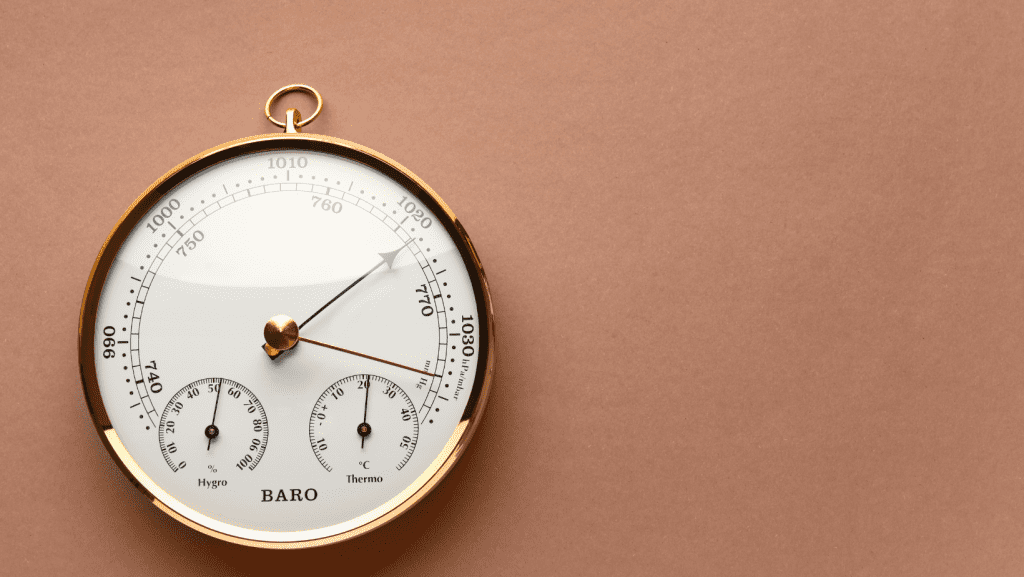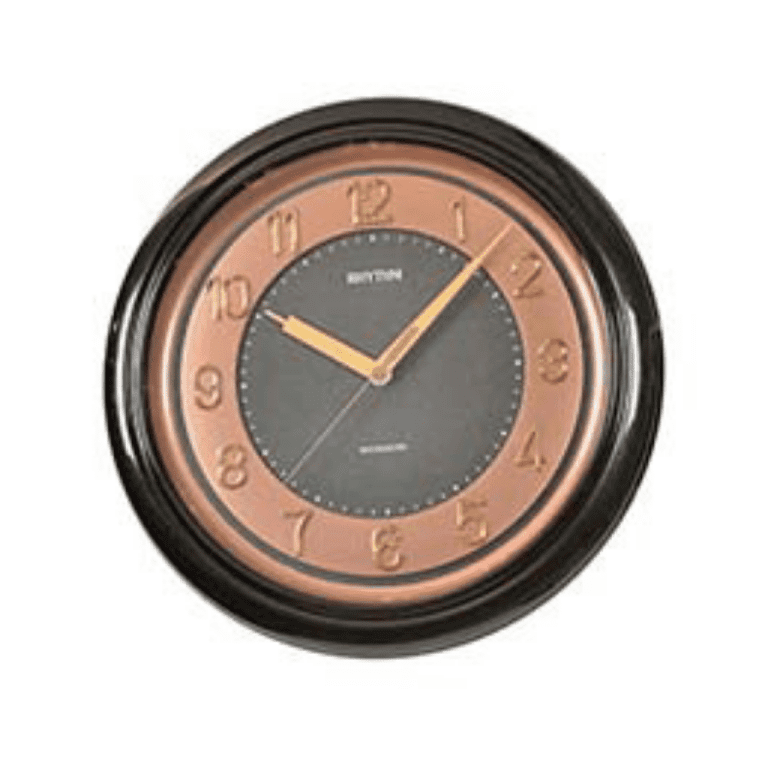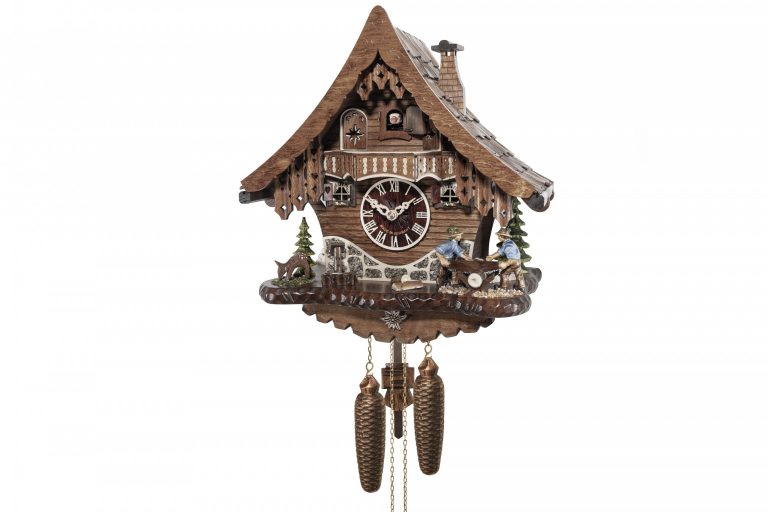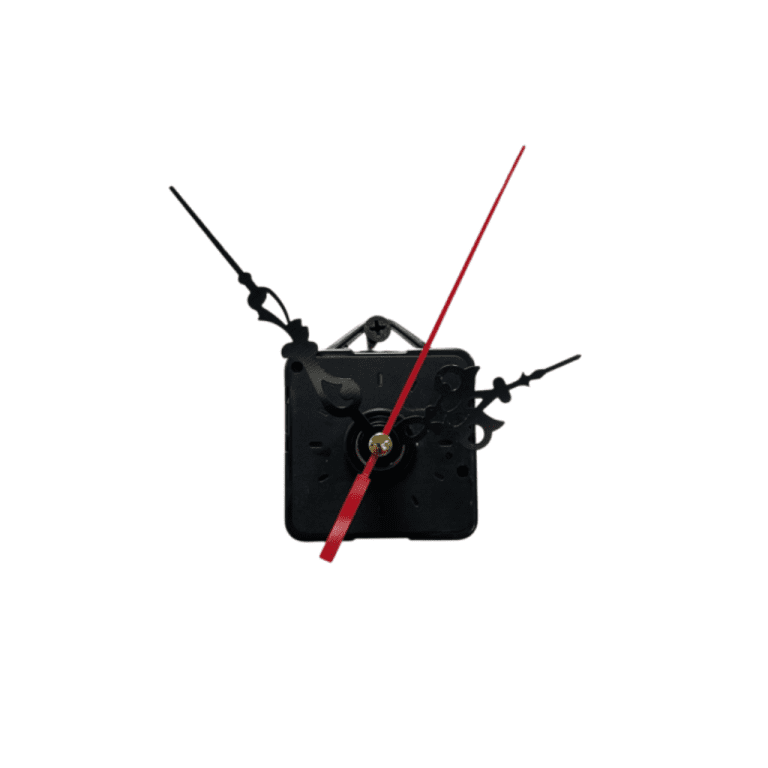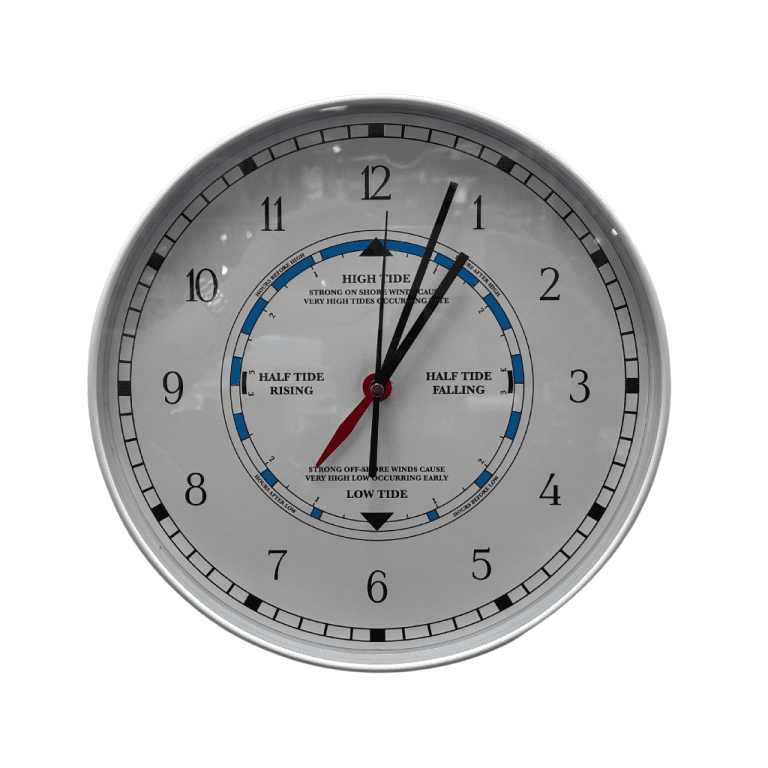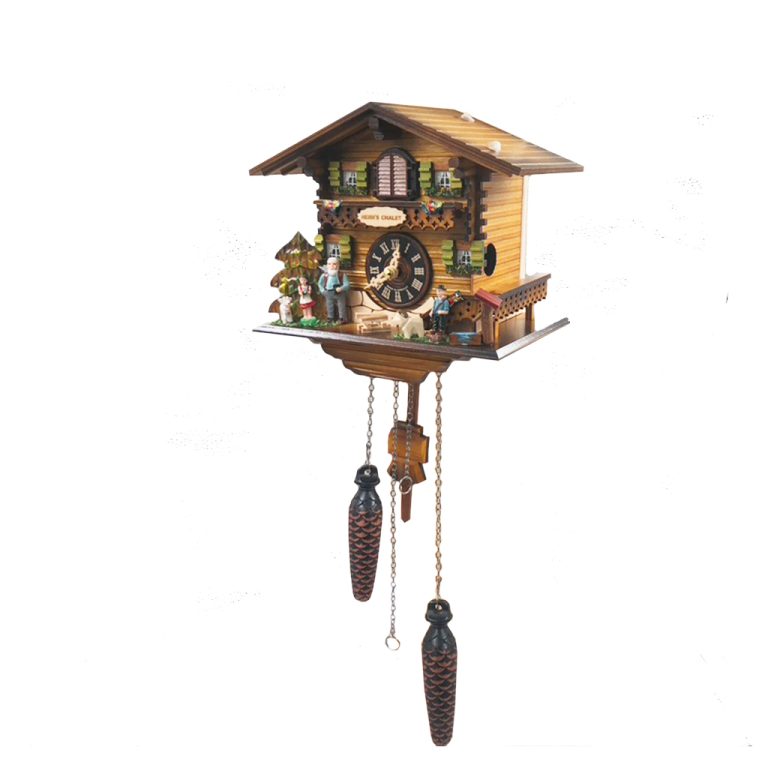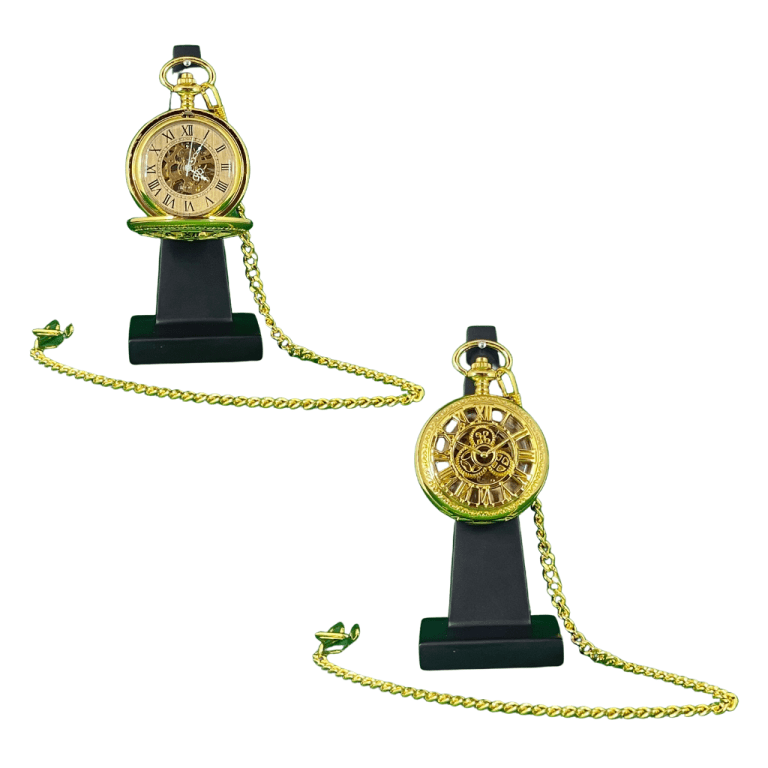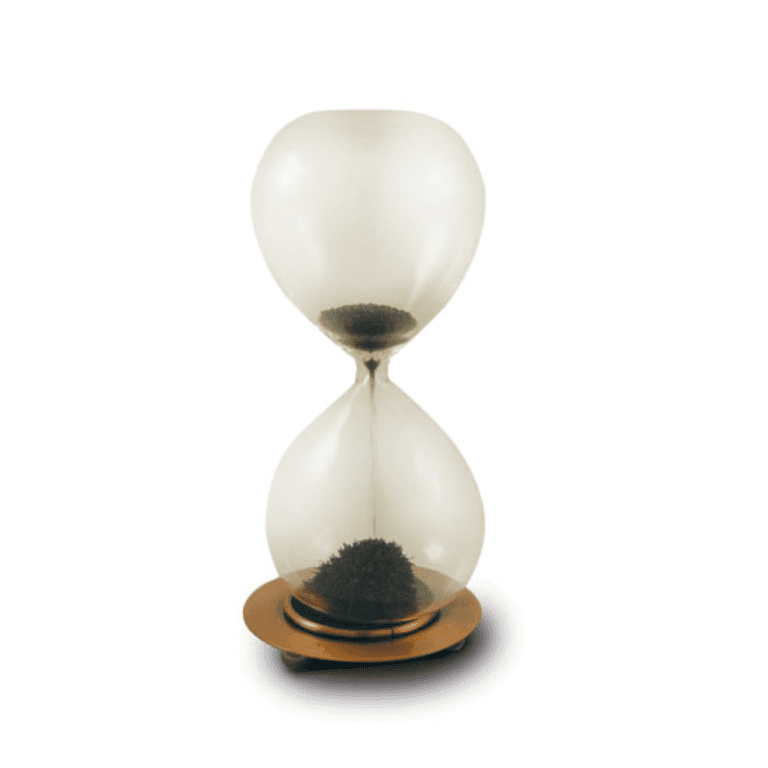What is a barometer? The definition of a barometer is a device used to measure atmospheric pressure. Atmospheric pressure is closely related to the weight of air above the point of measurement. Air is affected by the Earth’s gravity, and therefore it exerts weight on everything it touches as it is pulled down. Barometers are important in the field of meteorology, which is the study of the atmosphere and weather phenomena. Meteorologists use barometers to predict upcoming weather events. The following list describes the main characteristics of barometers:
- A barometer measures pressure.
- A barometer is used by meteorologists.
- Different types of barometers have been developed and used at different historical periods.
Barometers traditionally produced measurement in units called atmospheres. One atmosphere is the average air pressure at sea level at a temperature of 15 degrees Celsius. This is equal to approximately 101325 pascals of pressure. Pascals and kilopascals are the preferred units of measurement for scientists today.
Air pressure changes from place to place. At higher elevations, the amount of atmospheric pressure decreases. At lower elevations, the amount of atmospheric pressure increases. This is because, at higher altitudes, fewer air molecules are pressing down on a given point.
When Was the Barometer Invented?
The first barometer was invented by Italian scientist Evangelista Torricelli in 1643. He was inspired by his predecessor, Galileo Galilei, who built a thermometer that measured temperature by observing how water moved up and down a glass tube in response to changes in air temperature around it. Torricelli first experimented with the barometric measurement using a tube of water, much like Galileo did with his thermometer. Because of water’s relatively lightweight, it proved unwieldy, and needed to be put into a glass tube that was many meters long (this is because atmospheric pressure moves water a further distance than it does a heavier liquid).
Before he invented the barometer, Torricelli had had to establish the properties of air pressure. When Italian miners could not understand why their water pump could not cause water to rise after a certain height, Torricelli conducted an experiment that showed that water would no longer rise when the forces acting on the water were equally balanced. These forces were the force of air pressure and the force of the water within the tube. Many scientists did not originally accept this idea because it had been long believed that air did not have weight.
Ultimately, in 1643, Torricelli invented the mercury barometer. Mercury is much heavier than water, and therefore a much smaller barometer could be created. The barometer was created having a sealed glass tube with a pool of mercury at the bottom of the tube. As atmospheric pressure increases, the mercury is forced up the tube. The side of the tube is marked to indicate how many atmospheres of pressure is needed to force the mercury up the tube to a particular height, producing a measurement. The original barometer created by Torricelli was known as the Torricelli tube.
Barometer Meaning
The etymology of the word barometer comes from the Greek word baros, meaning weight, and the word meter, which comes from the Greek metron (meter, or verse; that by which anything is measured). The word barometer was coined around the 1660s and was made popular by the English scientist Robert Boyle
Use of Barometers
Barometers are used most by metrologists. Changes in atmospheric pressure can help predict short-term weather phenomena. Low pressure is associated with atmospheric phenomena such as clouds, rain, and wind. When low-pressure systems arrive and atmospheric pressure drops, it means that there is not enough atmospheric pressure to push away clouds and rainy weather. Conversely, when barometers indicate that air pressure is rising, it means that rainy and cloudy weather phenomena will be pushed away. When air pressure decreases, it is often an indication that a hurricane will get worse. Meteorologists used the term millibars when referencing hurricanes.
Barometers are also used in science and industry, planes, and even in smartphones for elevation measurements. GPS software uses the barometer in smartphones to measure at what altitude the cellphone is located since atmospheric pressure and elevation are directly correlated.
Types of Barometers
As technologies have advanced, new ways of measuring atmospheric pressure have been developed. The three primary types of barometers are fluid, aneroid, and digital barometers.
Fluid Barometers
Fluid Barometers, also known as mercury barometers or Torricellian barometers, are the simplest type of barometer. The basic concept has not changed since the mercury barometer was invented in the 17th century by Torricelli. As atmospheric pressure rises, so too does the mercury which is forced up the tube. As atmospheric pressure decreases, the mercury drops back down. Markings on the tube allow for the precise readings of atmospheric pressure. Although these barometers can be useful and accurate, the mercury they contain is a poisonous substance. The European Union banned mercury barometers in 2007 because of the adverse health effects mercury has on humans.
Aneroid Barometers
Aneroid Barometers were invented by the French scientist Lucien Vidi in 1844. The aneroid barometer contains a metal chamber, the walls of which deflect with changes in atmospheric pressure. The walls are attached to a spring, which in turn moves a needle that indicates the pressure measurement reading. These barometers are very portable and are often used in aircraft. Some aircraft altimeters used aneroid barometers to indicate how high above sea level an aircraft is.
Devices that record pressure over time, called barographs, usually run on an aneroid mechanism, although mercury barographs have been made. In an aneroid barograph, the expanding chamber is connected to a pen which can record the readings of the device onto a graph over time. The graph is usually wrapped around a cylinder which is turned by a clockwork mechanism.
Credited to: https://study.com/

